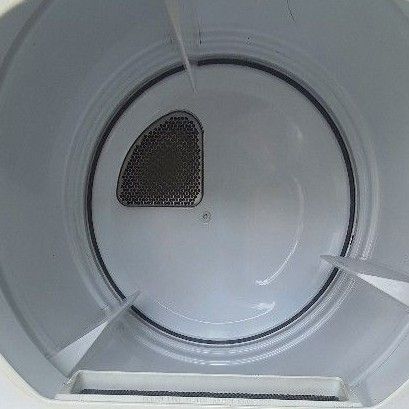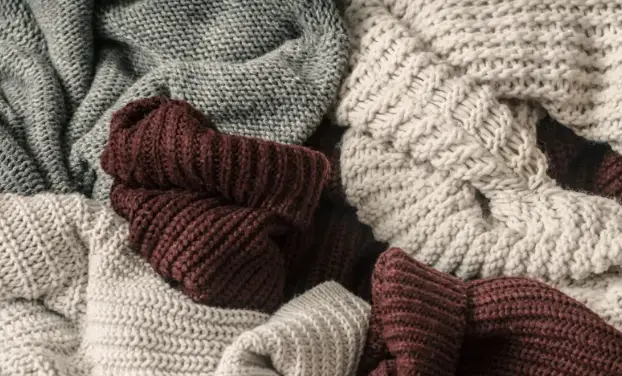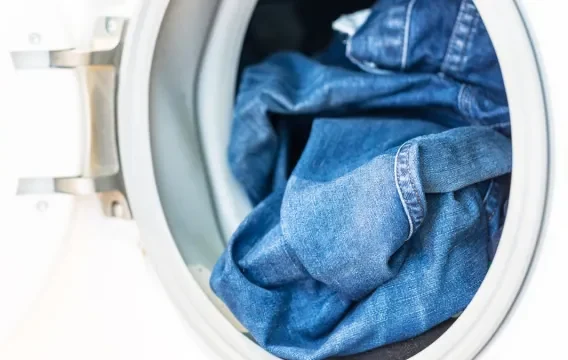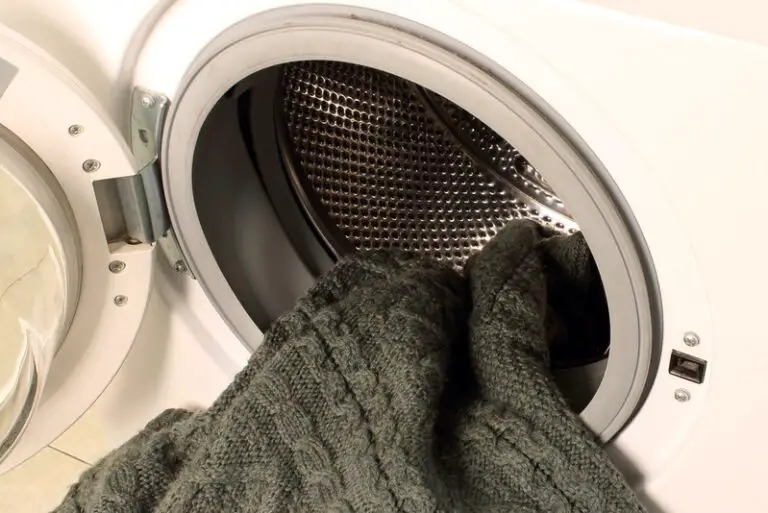Can You Run a Dryer Empty? Exploring the Do’s and Don’ts
When it comes to household appliances, the humble dryer often takes a backseat to its more glamorous counterparts like washing machines and refrigerators. However, it plays a vital role in making our lives more convenient. But for drying clothes have you ever wondered if can you run a dryer empty? In this article, we will delve into the dos and don’ts of running a dryer without any laundry inside.
What does it mean to run a dryer empty?
Running a dryer empty means operating the dryer without any clothes or laundry items inside. In other words, you’re running the dryer when it’s completely empty and not drying any garments or fabrics.
What is the definition of an “empty dryer” cycle?
An “empty dryer” cycle refers to running the dryer without any clothes or laundry items inside. During this cycle, the dryer’s heating and tumbling functions operate, but there are no garments or fabrics being dried. This may be done for various reasons, such as routine maintenance, odor removal, or checking the dryer’s performance.
Can You Run a Dryer Empty?
Yes, you can run a dryer empty.
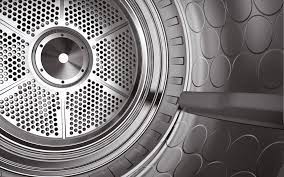
Is it safe to run a dryer without any clothes inside?
Yes, it is generally safe to run a dryer without any clothes inside. Running an empty dryer occasionally can serve specific purposes like cleaning out lint and checking for maintenance issues. However, it’s essential to avoid making it a frequent practice to conserve energy and prevent unnecessary wear and tear on the appliance.
is running a dryer empty bad?
No, running a dryer empty occasionally is not necessarily bad as it can help with maintenance by cleaning out lint and debris. However, making it a regular practice is not recommended, as it can waste energy and potentially lead to unnecessary wear and tear on the appliance.
What are the different types of dryers that allow empty runs?
Empty runs can typically be performed on various types of dryers, including:
- Electric Dryers: These are the most common type of dryers in households. You can run an empty cycle in an electric dryer to clean the drum and remove lint.
- Gas Dryers: Similar to electric dryers, gas dryers can also be run empty for maintenance purposes, as long as the gas supply is turned off during the process.
- Vented Dryers: These vented dryers expel moist air through a vent, and you can run them empty to clean the lint trap and the exhaust vent.
- Condenser Dryers: These dryers use a heat exchanger to remove moisture from the air, and you can run them empty to clean the condenser and remove any residual lint.
- Heat Pump Dryers: These energy-efficient dryers can also benefit from an occasional empty run to maintain their efficiency and cleanliness.
Regardless of the dryer type, empty runs should be done sparingly, primarily for maintenance and troubleshooting purposes, to ensure the appliance’s longevity and safety.
Are there any specific terms or settings for running a dryer without clothes?
Running a dryer without clothes typically doesn’t require specific terms or settings, as you’re essentially using the standard drying cycle without any laundry items. However, you can follow these general guidelines:
- Regular Cycle: Select the regular drying cycle on your dryer, which usually involves applying heat and tumbling. Avoid specialized settings like “Delicate” or “Heavy Duty,” as they are designed for specific fabric types and loads.
- Temperature Setting: Use the default temperature setting, often labeled as “Medium” or “Normal.” Avoid extremely high heat settings, as they may not be necessary for an empty dryer.
- Time Settings: You can set the timer for a shorter duration than you would for a regular load, as there are no clothes to dry. A 10-15 minute cycle is often sufficient for maintenance purposes.
- Check Lint Trap: Before running the empty cycle, ensure that the lint trap is clean and free from lint buildup. This helps maintain proper airflow.
- Monitor for Odors: If you’re running the dryer empty to remove odors, you can add a dryer sheet or a cloth with a pleasant scent to freshen the interior. Read electric dryer smells like gas guide.
Remember that while running an empty dryer occasionally is acceptable for maintenance, it’s important not to make it a regular practice to conserve energy and prolong the appliance’s lifespan.
what are The benefits of Running a Dryer Empty?
The benefits of running a dryer empty are:
- Cleaning the Dryer: Running the dryer empty occasionally can help remove any lingering lint, dust, or debris inside the drum and the lint trap. This can improve the dryer’s efficiency and reduce fire hazards.
- Testing and Maintenance: It’s a good idea to run the dryer empty after a long period of disuse. This can help you identify any issues, such as strange noises or unusual odors, that may require maintenance or repairs.

what are The Cons of Running a Dryer Empty?
The Cons of Running a Dryer Empty are:
- Wasted Energy: Running an empty dryer consumes energy without any productive outcome. This can lead to higher electricity bills and increased carbon footprint, which is not environmentally friendly.
- Excessive Wear and Tear: While occasional empty runs are fine, doing it frequently can cause unnecessary wear and tear on the dryer’s components, reducing its lifespan.
should you run a new dryer empty first?
Yes, it’s a good practice to run a new dryer empty on its first use. This initial empty run serves several purposes:
- Burn-Off Residues: During the manufacturing process, new dryers may accumulate residues or dust. Running it empty helps burn off any leftover substances, ensuring they won’t transfer onto your clothes during future drying cycles.
- Odor Removal: New appliances may have a distinct odor when first used. Running an empty cycle can help eliminate any unusual smells and make the dryer more pleasant to use.
- Checking for Issues: Running the dryer without clothes allows you to check if there are any unusual noises, vibrations, or operational issues that need addressing while the dryer is under warranty.
- Lint Trap Inspection: It’s also an opportunity to inspect and clean the lint trap, ensuring it’s clear for efficient airflow.
After this initial empty run, your new dryer should be ready for regular use, and you can start using it with confidence.
When It’s Acceptable to Run a Dryer Empty
Now that we’ve looked at the pros and cons, here are some scenarios when running a dryer empty is acceptable:
1. Routine Maintenance
Performing routine maintenance on your dryer, such as cleaning the lint trap and the drum, justifies running it empty. This practice can help prevent lint buildup, which is a common cause of dryer fires.
2. After a Long Period of Inactivity
If your dryer has been sitting unused for an extended period, running it empty once to ensure it’s functioning correctly is a good idea. This can help you identify any issues early on.
3. Removing Unpleasant Odors
If your dryer has an unpleasant odor due to mildew or other factors, running it empty with a dryer sheet or a cloth soaked in vinegar can help eliminate the odor. Check dryer smells like burning blog post.
When It’s Best to Avoid Running a Dryer Empty
On the flip side, there are situations where running a dryer empty should be avoided:
1. Regular Use
Running your dryer empty as part of your regular laundry routine is not recommended. It wastes energy and puts unnecessary strain on the appliance.
2. Excessive Frequency
Frequently running your dryer empty can lead to increased wear and tear, reducing its overall lifespan. It’s best to limit empty runs to occasional maintenance or troubleshooting.
3. Environmental Considerations
Considering the environmental impact, it’s best to avoid running your dryer empty unless there is a valid reason, such as maintenance or odor removal.
can you run the dryer when not home?
No, running the dryer when you’re not at home is generally not recommended. It’s a safety precaution to avoid potential hazards. Dryers generate heat, and in rare cases, they can malfunction or develop issues like lint buildup, which could lead to a fire. To minimize these risks, it’s best to operate your dryer when you are present and can respond to any unexpected situations promptly. Additionally, being home allows you to ensure that the dryer operates smoothly and that the exhaust vent is properly venting moist air outside, reducing the risk of moisture-related issues like mold growth.
Can you run a dryer with one thing in it?
Yes, you can run a dryer with just one item in it, but it’s generally more efficient to run larger loads. Dryers are designed to work most effectively when they have a balanced load. Running a single item may lead to uneven drying, potentially causing the item to over-dry or take longer to dry. It’s a good practice to group smaller items together to optimize drying efficiency.
When You Should Not Run Your Dryer?
There are several situations when it’s advisable not to run your dryer:
- When You’re Not at Home: As mentioned earlier, it’s best to avoid running your dryer when you’re not at home to mitigate safety risks and respond to any potential issues promptly.
- Late at Night: Operating a dryer late at night can disturb household members or neighbors due to the noise generated by the appliance. It’s considerate to use it during daytime or reasonable hours.
- With Damaged Vents or Lint Traps: Using a dryer with damaged or blocked vents or lint traps can lead to safety hazards and reduced efficiency. Ensure these components are in good condition before running your dryer.
- For Certain Delicate Items: Some delicate fabrics or items with special care instructions may not be suitable for machine drying. Always check clothing labels and follow manufacturer guidelines.
- When Clothes are Extremely Soiled: Heavily soiled items may require pre-treatment or washing before placing them in the dryer to prevent staining or damage to the dryer’s drum.
Conclusion
Can you run a dryer empty?, running a dryer empty is acceptable in certain situations such as maintenance or troubleshooting. However, it’s essential to avoid making it a regular practice to save energy and extend the life of your appliance. Always be mindful of the environmental impact and use your dryer responsibly.
FAQ can you run a dryer empty
Can you run dryer without lint trap?
Running a dryer without a lint trap or with a missing or malfunctioning lint trap is highly discouraged and potentially dangerous. The lint trap serves a crucial purpose in trapping lint and debris generated during the drying process. If you run a dryer without a functioning lint trap, several issues can arise:
- Fire Hazard: Lint is highly flammable, and without a lint trap, it can accumulate in the dryer’s exhaust system and create a significant fire hazard.
- Reduced Efficiency: Lint buildup inside the dryer can restrict airflow, making the appliance less efficient. This can result in longer drying times and increased energy consumption.
- Higher Maintenance Costs: Operating a dryer without a lint trap can lead to greater wear and tear on the appliance, potentially causing damage that requires costly repairs.
- Safety Concerns: Excessive lint buildup can also affect the safety of your home by increasing the risk of a dryer fire.
In summary, it’s crucial to always have a properly functioning lint trap in place when using your dryer to ensure safe and efficient operation. If your lint trap is damaged or missing, it should be replaced or repaired promptly before using the dryer again.
